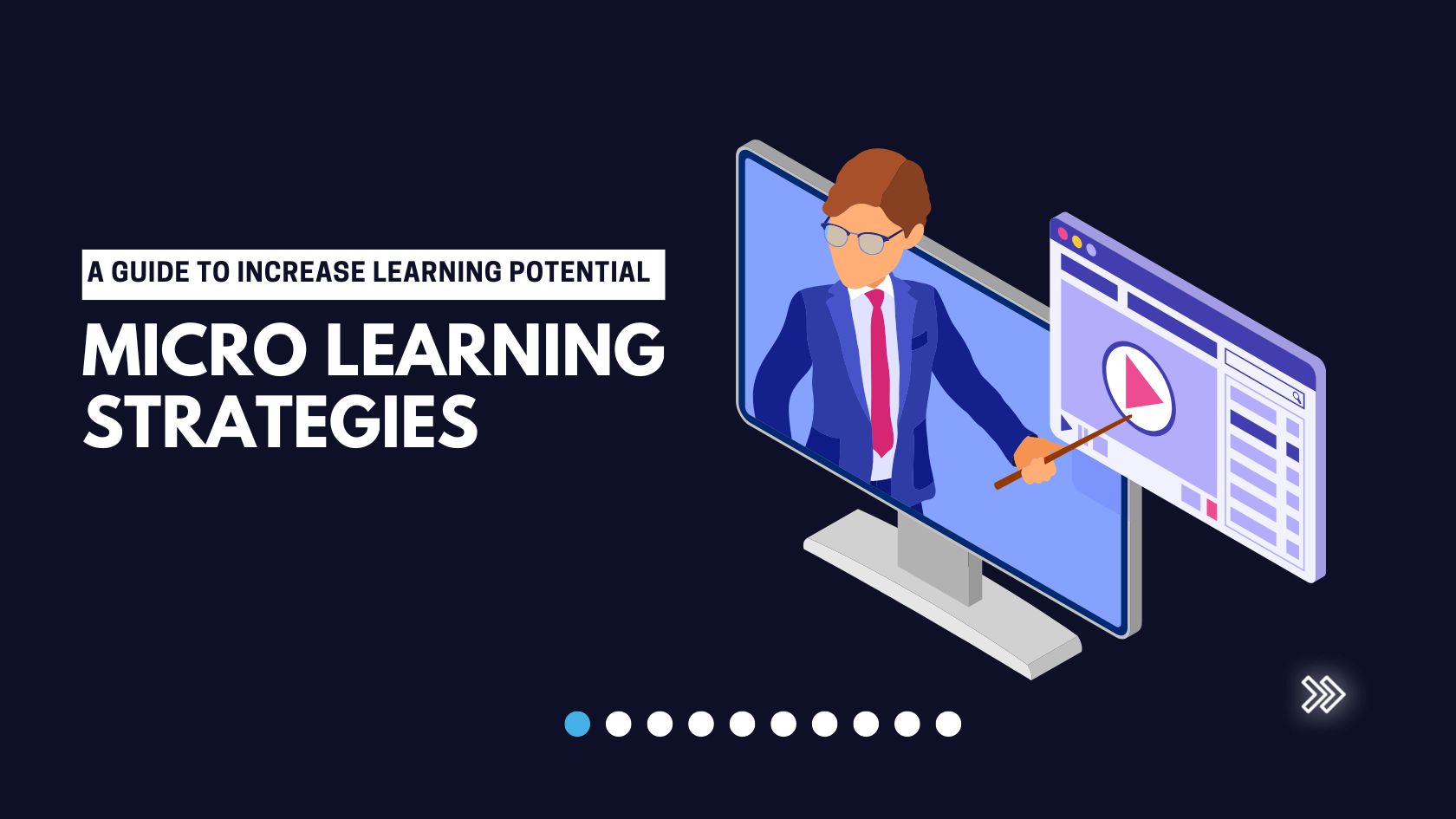Qlik Intros New Cloud Analytics Software
When it comes to cloud, analytics has seen a slower adoption rate than some other types of enterprise software. That could be changing, if one believes results of an IDG Research Services study in which 63 percent of surveyed companies indicated they will investigate, analyze or actively plan to deploy cloud analytics solutions over the next 12 months. A surprising 71 percent said they expect to adopt a hybrid or cloud-only approach to analytics over the next three years.
Qlik appears to be gearing up for this growth, rolling out a solution called Qlik Sense Cloud Business at a customer and partner conference last week. While its two existing cloud products, Qlik Sense Cloud Basic and Qlik Sense Cloud Plus, are targeted toward individual users and small work groups, Qlik Sense Cloud Business aims to appeal to small and midsize companies and larger work groups.
The product, which will become available in the second half of 2016, adds new enterprise-friendly security and governance features not found in the company's existing cloud offerings. Among the new features:
- A group work area that allows users to collaboratively create, edit and access group content and apps
- A group data space that enables all users to contribute data with reusable and consistent definitions, which makes it easier to create new applications
- Group shared networks that give organizations improved access control by letting them invite users to follow multiple shared networks or data streams
The growth of data, especially of data that comes from external data sources, is creating new interest in cloud analytics software, said Dan Sommer, senior director, Global Market Intelligence Lead at Qlik.
“The rise of cloud is inevitable, and we'll see a gradual shift from internal to external data sources,” he said. “But this shift is an ‘and' rather than an ‘either/or.' Qlik is therefore not just doing a lift-and- shift of an on-premises offering to the cloud, but rather working toward a unifying hub experience with multiple value-added services.”
Sommer highlighted one of these services, Qlik DataMarket, which offers users access to a library of external data directly within Qlik Sense and QlikView so they can create data “mashups” with internal data. “This is hugely important because innovation often happens in combinations of data,” he said.
Financial and stock information from global stock exchanges will be the first external data available through DataMarket, which is available to users of both Qlik's on-premise and cloud products.
Qlik also introduced Qlik Sense 3.0, the latest iteration of its visual analytics platform, which it expects to become generally available next month. Like other analytics providers, Qlik is offering more products targeted to business analysts and similar non-IT roles.
To that end, the update includes new visual search capabilities that allow users to search across charts and data and visual exploration capabilities that allow them to change properties like sorting and coloring without entering edit mode or directly changing underlying content. New collaborative features include the ability to directly publish information to PowerPoint presentations, PDF and Excel.
A demonstration for visual data preparation “was met with thunderous applause” at the conference, Sommer said. “The idea that not only should anyone be able to do engaging interactive visual analysis, but also do their own interactive visual data preparation, was welcomed by customers with cheers and enthusiasm. This is underpinned by a new innovative user experience which makes finding and taking advantage of associations in multiple data sources a fun and engaging experience. “
Conference attendees also welcomed Qlik's decision to make its reporting solution, previously only supporting its QlikView software, available on Qlik Sense. “This enables organizations with legacy reporting environments to move to a modern and interactive BI architecture while maintaining their requirement for statutory or compliance reporting,” Sommer said.

Drew Robb is a writer who has been writing about IT, engineering, and other topics. Originating from Scotland, he currently resides in Florida. Highly skilled in rapid prototyping innovative and reliable systems. He has been an editor and professional writer full-time for more than 20 years. He works as a freelancer at Enterprise Apps Today, CIO Insight and other IT publications. He is also an editor-in chief of an international engineering journal. He enjoys solving data problems and learning abstractions that will allow for better infrastructure.


